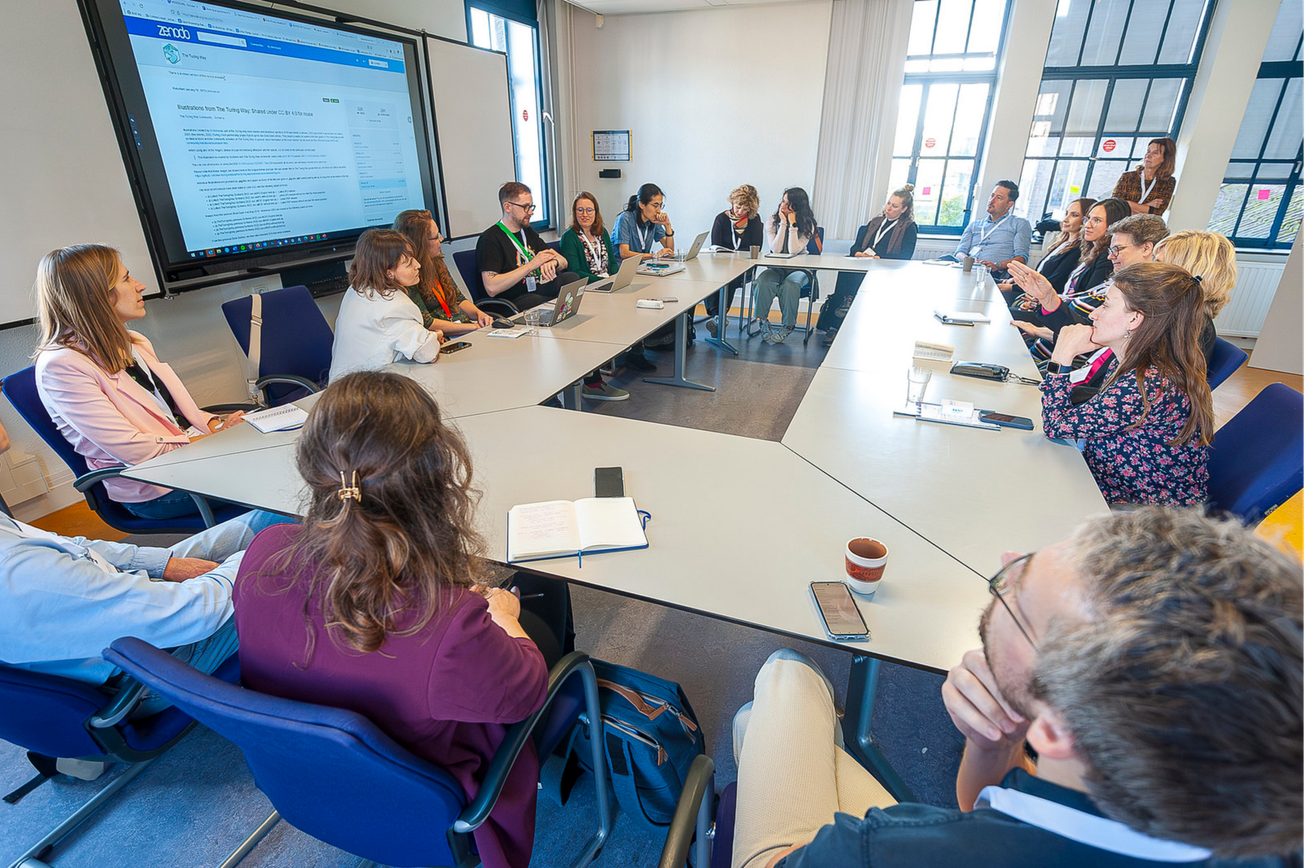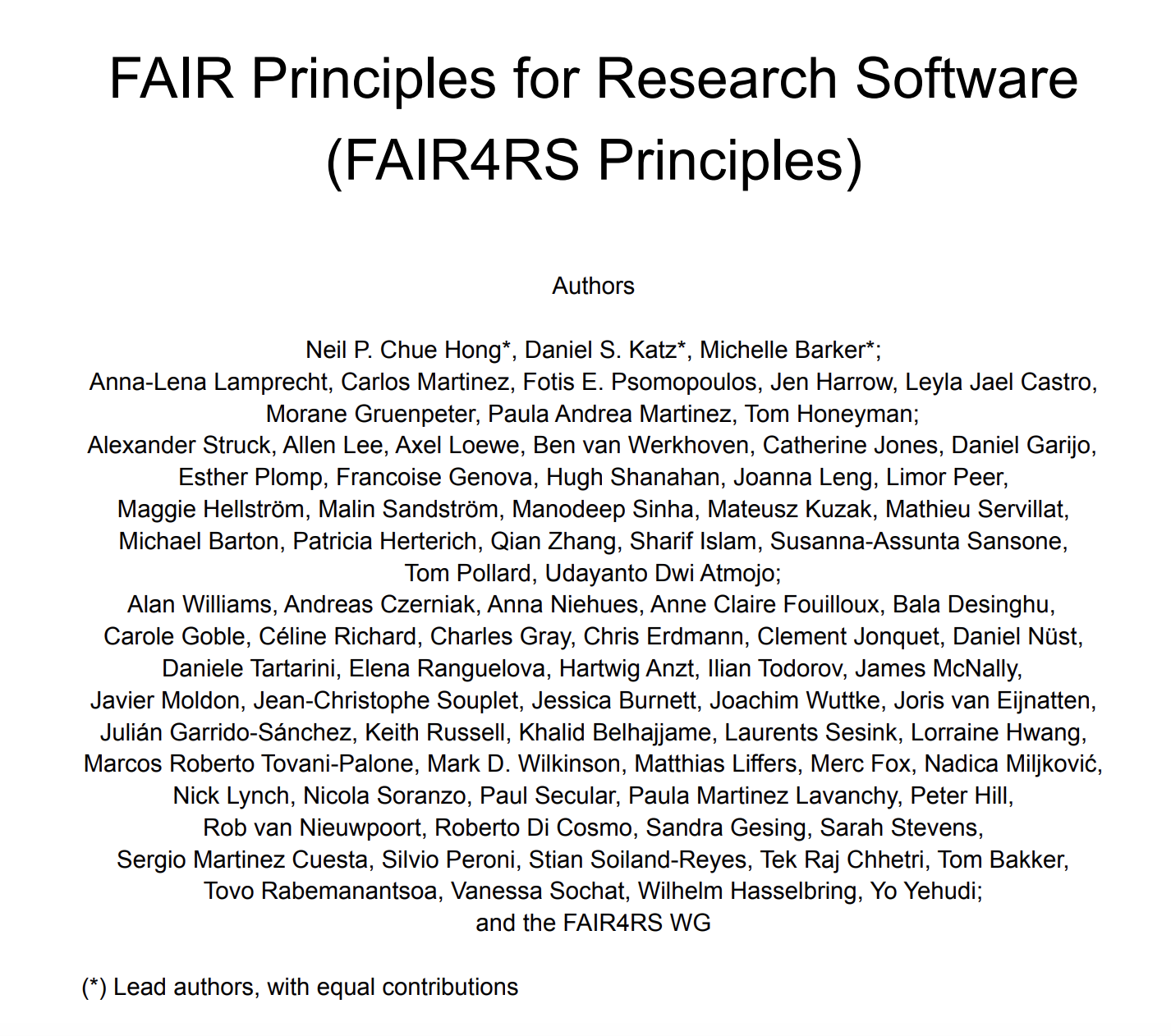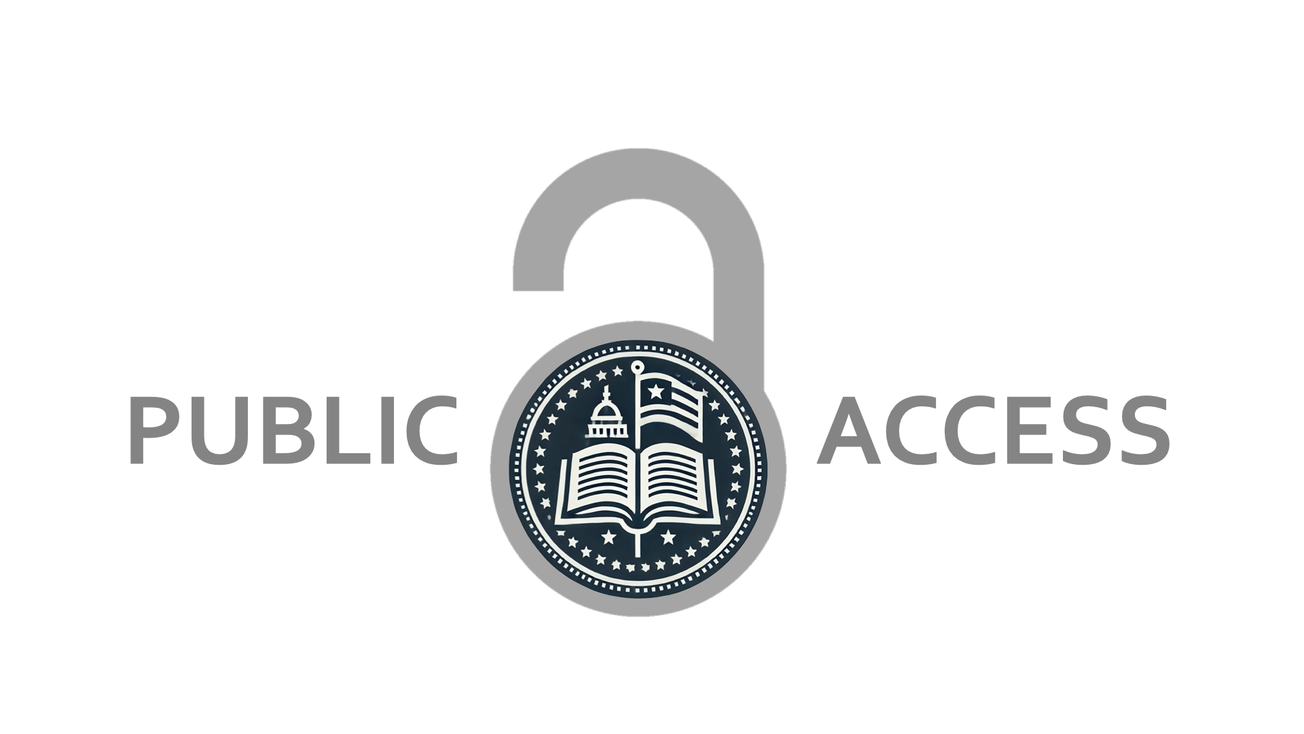Open community resources are increasingly used to promote open research practices, and are themselves an open practice. They are a powerful way to create shared ownership of a resource and provide agency to add or change them. However, they also present new struggles around embedding them in institutional practice, which we experienced in our own work. In this blog post, we provide our distilled experiences from working on The Turing Way, the Utrecht University Data Privacy Handbook, and the VU Research Support Handbook.
This is a report from our discussion session at the Dutch Open Science Festival, held on 22nd of October, 2024.
Finding the time to contribute
Open community resources are often the product of passion and volunteer hours. We want these resources to exist, so we start creating them. Even though this may be needed to get started, it is not a sustainable pathway for these resources. Even more so, a pure passion project is likely to sizzle out, potentially harming the trust people put in other community resources in the future.
One way people can find the time to contribute is when the resource is related to someone's role. It is much easier, more convincing, to argue contributing on something that can be considered a part of someone's preexisting role description. For example, a data steward can argue that writing a tutorial on how to use the local repository is part of their role description. With this, volunteer hours become like the hours a researcher may spend on peer review – part of the job.
Contributors to community resources can also get management to bake in time for their contributions. For example, Esther's work on The Turing Way (a community and handbook to reproducible, ethical and collaborative data science) is institutionally supported, permitting her to contribute several hours each week. This is a fantastic way to ensure there is time. It is also important to then take note of what you achieve, to showcase to your management how that time is providing value to the community. However, Esther mentions that her contribution time is not formally embedded within the job itself. This means that when she leaves, these contributor hours are not accounted for and may well disappear. In order to improve the continuity of such contributions, it requires embedding the time to do so in the job itself.
As a member of management, ensuring sufficient contributions to a community resource, helps to institutionalize it. You could set it as a policy or a goal for your team to spend 1 hour per fortnight contributing to community resources. This will help them legitimize their contribution time. "It is a form of professional development, as I have learned a lot from contributing to the Turing Way" Esther says.
Sharing the burden
Even when a project is funded, institutionally supported, and developed, it does not mean that the burden is shared or that there is an institutional drive to keep things alive. Dorien is the maintainer of the Utrecht Data Privacy Handbook, which the Dutch Research Council funded the initial development of. "It takes a lot of time to involve everyone, incorporate their feedback, and manage their consensus for the content" she says. "You end up doing a lot of project management work to make a community resource."
The burden to drive a community resource takes a lot of effort, which often falls on one or two people. They will be held responsible when things go wrong, yet they often will also not claim the glory when the project is successful. It is after all, a community resource, even though it comes together because of those people carrying the burden to realize it. "It requires constant reminding of the usefulness of the resource, convincing people internally to get it recognized as a legitimate resource and to use it in their daily work" Dorien highlights.
Even after pulling a community resource over an initial finish line, the burden is not immediately shared. Dorien mentions how the Data Privacy Handbook entered the maintenance stage – which meant she now carries the maintenance burden without the funding. "If I leave, or if I no longer work on this, I fear the resource may die if it is not picked up by someone else," Dorien shares with some trepidation. Having top-down support or nudges to contribute would help reduce that worry - not only from her own management, but also from other support teams within the university. "We have to pull a lot to get contributions right now." One attendee highlights that providing more people with editing rights, may go a long way to make people feel involved and create a sense of shared ownership.
Give community opportunities they can utilize
One new community resource is the Research Support Handbook from VU Amsterdam. It replaced a handout of several hundred pages, which got outdated due to high maintenance burden. "It took a while to go from idea to realization. This was partly because we did not have the technical expertise to realize a community resource on our own," Lena mentions. The community resource first lived on GitHub pages while it was being worked on, but migrated to the official institution subdomain quite recently.
"People are hungry to engage with the resource, when given the opportunity," Lena says. "Our monthly hackathons are a success, and our editors do more work when there are co-working hours."
Nonetheless, with community resources, there is a lot of expectation management to do. "People project all kinds of desires onto the project, and balancing that ownership with derailing a project is a fine act," Lena shares. "Not everyone who contributes to an open project is used to becoming part of a process, instead of delivering an output. This requires careful onboarding for everyone's success."
Setting up a pilot is a great way to get a wedge in for approving a community project, while also fertilizing the ground at your institution. People need time to get comfortable with a different way of working, and to be able to articulate why they struggle. "It took a lot of back and forth with various departments that are not at all in the day to day of opening up research. It took effort to balance their needs with this different kind of project," Lena argues. "We had to ensure the quality of the resource was approved, even though it would keep on changing. It helped the communications department articulate what quality meant for them, and we could deliver it in a new way."
What next
All these open community resources teach us that they can be successfully adopted and supported by institutions, but that this support needs to be hardened. If the driving forces leave, these resources are at risk of becoming stale and obsolete. A structural embedding in the organization, with dedicated budget and time to contribute, will help ensure open community resources live beyond any individual role or tenure at an institution. It will also help expand the contributor base and the content. Ultimately, this contributes to a more sustainable way of working more openly in the research ecosystem.
Copyright © 2024 Chris Hartgerink, Lena Karvovskaya, Esther Plomp, Dorien Huijser. Distributed under the terms of the Creative Commons Attribution 4.0 License.










